One of the most important things in the winter season is mastering the art of preserving the heat inside your home, without turning up the thermostat sky-high.
You can look at this matter from two points of view: first, if you manage to keep the heat inside the house, you will save a lot of money on your energy bill. Second, in an emergency scenario, if disaster strikes and power outages become frequent, it would be a great idea to maximize your resource efficiency and keep your house warmer for extended periods of time.
In order to achieve these goals, learn a few simple tips and tricks about keeping your house cozy and warm in the cold season. It’s a win-win situation.
Generally speaking, most people are not aware of the basic fact that there are lots of ways their home is leaking air. Unfortunately, along with the air, the heat goes away too. It’s a no-brainer that plugging the leaks is the most realistic way to reduce your utility bills for the entire year, because the same principle applies in the summer if you’re using an air conditioner.
Also, during a cold winter (like this one), keeping your home warm at all times can be crucial in a survival situation.
Let’s take a look at some of the key areas in your home that might need improving.
Thinsulating Weak Areas
The main areas that let heat escape from your home are the exterior walls, the basement ceiling and the attic floor. In order to minimize the heat loss, you should add insulation to those key areas.
The basement ceiling should be insulated with roll-in fiberglass; thus the cold air will no longer invade your house through the floor. You can prevent the warm air from escaping through the exterior walls by adding blown-in insulation.
If your house has an attic, it is probable that you have ventilation ducts up in there and they are most likely leaking air. This leads to condensation. In order to prevent this phenomenon, you should insulate these ventilation ducts with fiberglass.
Insulating the attic floor is the same story as the basement ceiling; you can use the same roll-in fiberglass in order to prevent the heat from dissipating through there.
Almost all residences have electric switches and outlet boxes hanging on the outside walls and, especially in older homes, many of these have gaps that will allow the heat from inside your home to escape. All you have to do is to fill in the holes where the wires enter the box with an insulating material, i.e. silicon or foam.
Sealing the Windows and Doors
Another obvious thing is to check your windows for drafts. This is actually one of the main causes of your house losing heat in the winter and lots of people are not paying attention to this matter.
Along with the windows, doors may be the culprits in letting the heat out. All you have to do is to stop heat (and cooling) loss from around windows and doors is attach weather stripping insulation around the perimeter of them and you’ll be fine. Weather stripping comes in various widths in order to properly fit your windows and doors and it is very easy to install all by yourself.
You can also caulk your windows with silicone; pay extra attention to those visible holes or cracks that let the heat out. Silicon is highly recommended because it lasts for a long time and it is flexible even in extreme temperatures and it will not crack or shrink as it ages.
Install double-pane windows, as the air trapped between the two panes of glass will act like an insulator; the double-pane windows are way more efficient than regular windows and even if they are more expensive, they are worth it in the long run (you will save lots of money on your heating bill).
Easy Tips
- Keep your shades pulled down during the night and during sunless days. This will help insulate your house especially if you have shades made of thick fabric (much better than synthetic/thin fiber).
- You must keep the damper in your fireplace closed when you’re not using it because an open fireplace will let the heat escape from the house like there’s no tomorrow. Also, if the fireplace features a glass door in front of it, you should keep it closed if you’re not using it for the same reason.
- Keep your heating ducts clean and inspect them on regular basis because a blocked duct will seriously affect the efficiency of your heating system and can even cause a fire.
- You should keep your water heater wrapped in order to reduce the amount of heat lost; you can achieve this by acquiring an inexpensive blanket, specially designed for your particular water heater. You can find one in your local hardware store or you can buy it online.
- If you don’t have a programmable thermostat, you should buy one as soon as possible. A programmable thermostat can be used to keep the temperature low inside your home when you are at work or when you’re sleeping, hence significantly reducing your costs. Also, you can heat various areas of your home, i.e. the ones you spend the most time in will be heated more than the others.
- Since exposed pipes can easily freeze in the winter, you must wrap them with special foam, tape, or with pipe wrap insulation.
Before turning up the heat, just spend a few minutes and review these tips and tricks, as they will help you reduce your utility bills during the cold season and will also make your home the perfect shelter from the storm in a real life survival scenario.
This article has been written by Chris Black for Survivopedia.


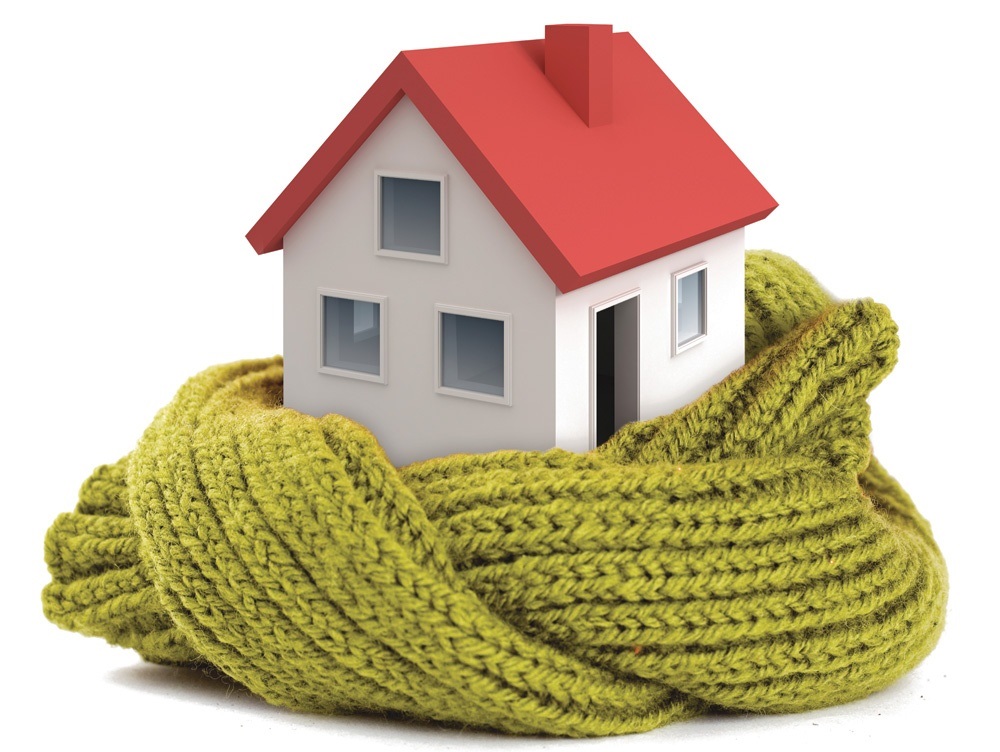
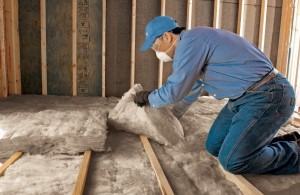
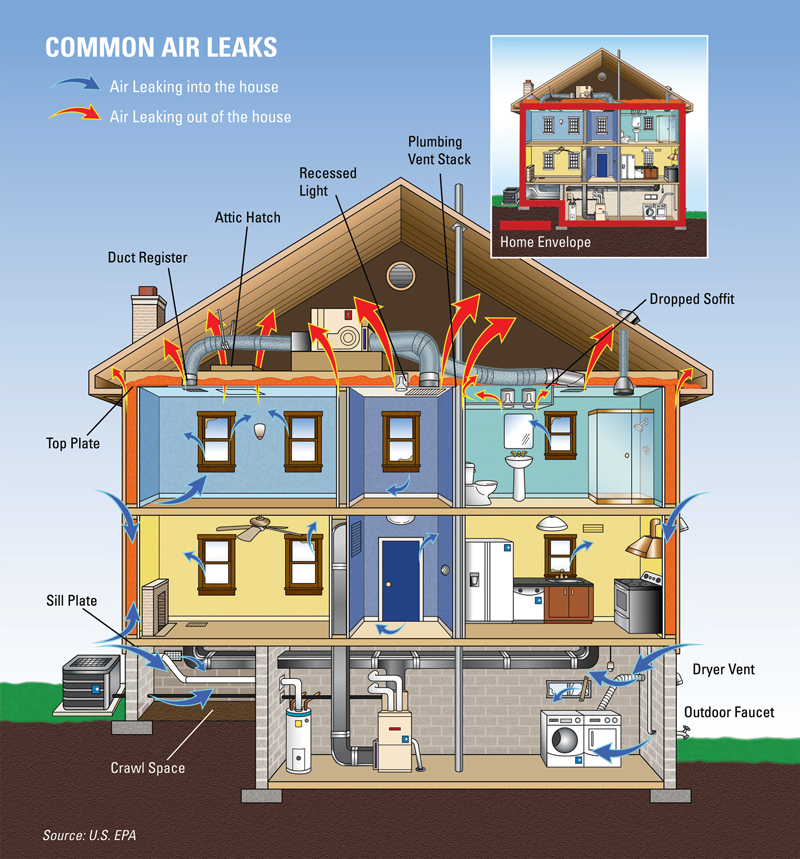

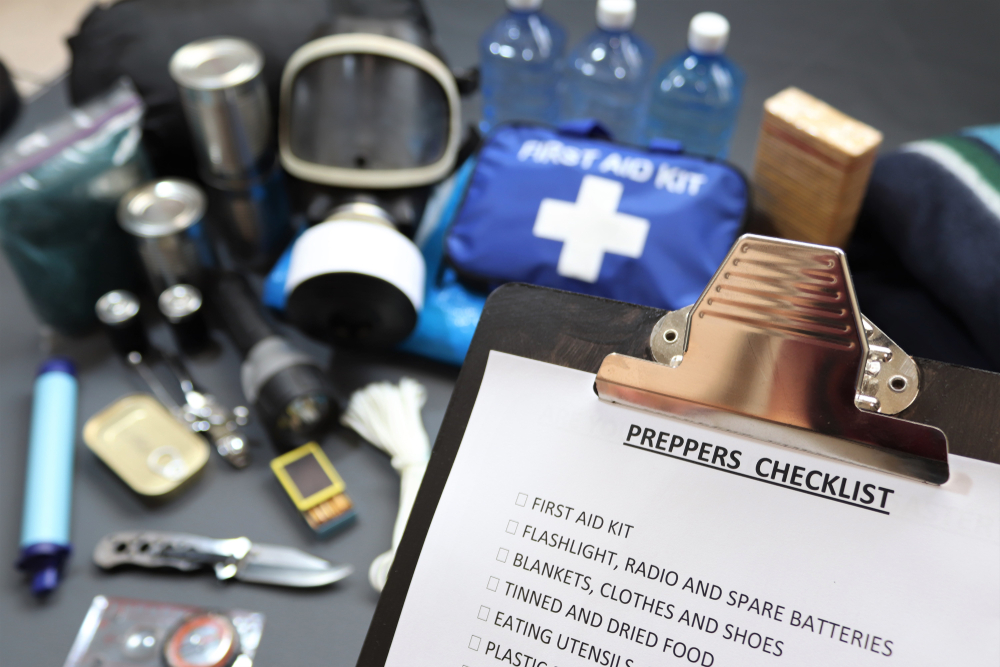
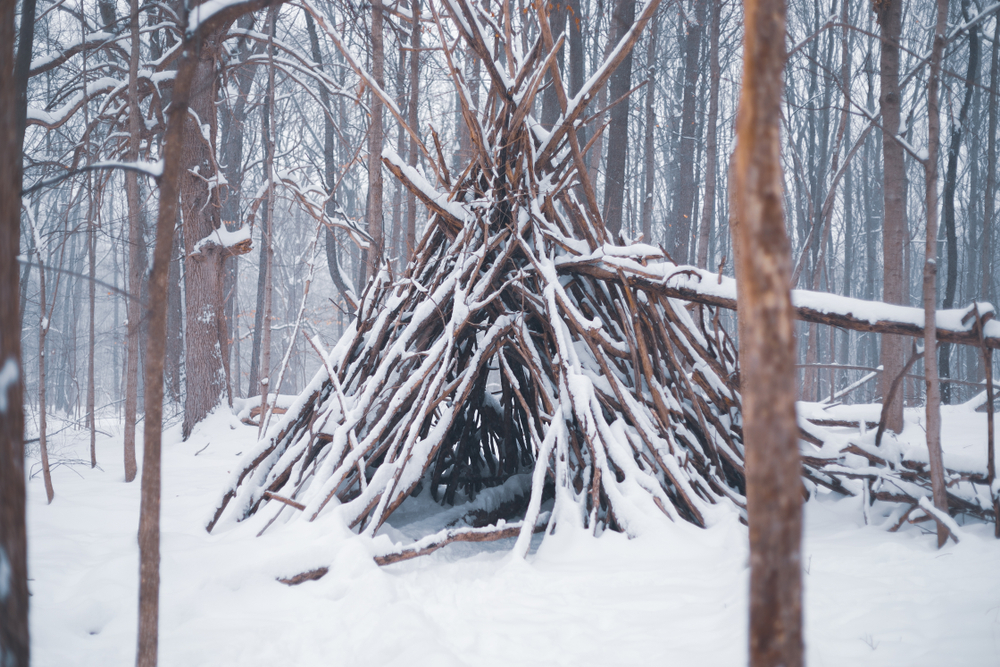
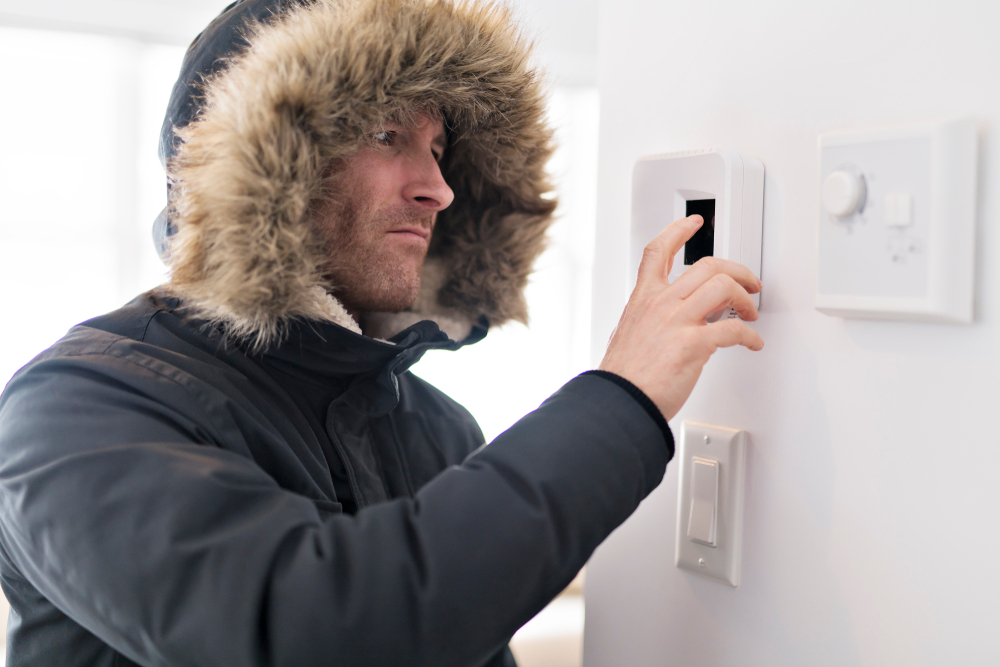
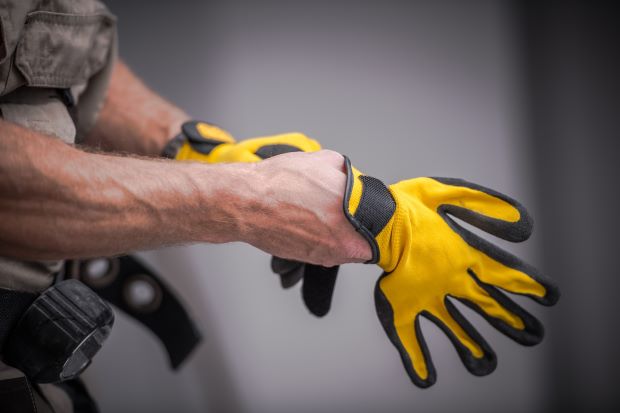

Happyclinger | February 3, 2014
|
One minor point regarding silicone caulk that can save you a lot of trouble: Make sure the caulk you use can accept paint. Clear silicone caulk, and even white silicone caulk, attracts dirt and discolors after a time, and can’t be painted over. If you use it in the corners of your windows and doors, eventually you will want to remove it because it just looks gross, and removing silicone caulk is NOT fun.
grannymae | February 3, 2014
|
If you find yourself to be poor folk, such as me and you just can’t afford to buy all the trappings listed above, you can help yourself as I did many years ago when living in a older house in Fla. that not only had no insulation but also had jalousy windows!!! I had no money to do anything much at the time and we were heating with an electric space heater! You just can’t seal off jalousy windows so I had to cover them with plastic on the inside. Didn’t have any fancy clear plastic so I used the only thing I could at the time. Plastic garbage bags! When you are cold you will swallow your pride and do with what you have ! Then I covered the inside of the plastic with aluminum foil. Boy did that work like a charm. It was even warm enough for the kids to play in their bedroom. Although the room was not heated the foil reflected their body heat and they were nice and toasty. Since that time I have learned to keep a roll of clear plastic on hand all the time ! Also duck tape and some big rolls of the cheaper aluminum foil. You never know when you will have a need ! Another great insulater is news paper. There are numerous ways to make use of it in a pinch; including making logs for a fireplace or a Franklin stove ! Roll them up and soak them in soapy water for a short and then drain them in the bath tub or on the back porch untill they are good and dry. Then just light and stay warm.
Bob G | February 4, 2014
|
There is a “brick maker” sold for the purpose of turning old newspaper into bricks for use in your fireplace or stove. You shred your newspapers first and soak them in water for two or three days. Then you put this newspaper concoction into the brick maker and squeeze all the water out of them. Remove the new bricks from the device and let them cure in the sun for several days until they are good and dry. Some people use leftover sawdust in the mixture, too, in order to (1) recycle it and (2) get rid of it. There is a video on utube to show how to do this.
Toby | February 9, 2014
|
Insulating foam, with a metallic backing is not expensive in 4′ x 8′ sheets Cutting these to fit a leaky window, effectively turns the window into a wall, yet if you tape on some pull tabs, it is easily removed, allowing easy window access.
BillB | February 4, 2014
|
I took bags of leaves I raked up in the fall and put them up against the basement windows on the outside as extra insulation. I like to think it helped some.
David king | February 5, 2014
|
The tip about insulating exposed water pipes with foam or other insulation is ok as long as the pipes are not exposed to -32F or colder for any length of time. The foam will give you a false sense of security. If the water in the pipes are insulated and the surrounding temp. Is say 30F ,the insulation will delay freezing but over a few hours the cold will creep in and freeze the water in the pipes, it will just take longer. If you leave a faucet or spigot open so it drips or runs a thin stream, the pipe will be ok as the water moves (the motion helps some) and as water from upstream moves down the pipe it becomes a source of warmer water that is coming from either underground or an area in the house that is above freezing. The insulation will help to keep things from freezing at much lower temps. The answer is use an electrically powered heat tape. But if there is no power available , use valves and a spigot as a way to drain and isolate the part of the plumbing that could freeze when its not in use.
Jay B | February 5, 2014
|
There are some misconceptions with sealing up your house. A house has to breath or you will have problems. The best you can do is control where the air enters and escapes from the structure.
First, covering attic vents is not a good idea. If the air cannot circulate you can get condensation, which can lead to mold and dry rot. Then when summer hits, and you forget to remove the vent covering, the excess heat in an attic can accelerate the decomposition for your roofing materials as well as increase your cooling costs. The same applies to covering the vents to the crawl space under your house. Excess moisture leads to mold, dry rot, odors, and in some soils, the buildup of radon gas. Vents are there for a reason and if they were not needed, building codes would not require them.
Second, Any time there is an exhaust duct to the outside of the building, there needs to be an equal amount of air coming into the structure or the vent will not work. This applies to both mechanical (ie. bathroom/kitchen exhaust fans) and passive (wood stoves, gas water heaters) exhaust vents. To prove this for yourself, close your bathroom door until the latch just touches the frame (door needs to be able to move freely). Turn on your exhaust fan and your the door should swing open indicating how much air it is sucking out of the house in order for the fan to do its job. If the door doesn’t move try opening a window (not the bathroom window) and try again. Bathroom exhaust fans are usually rated at 3-4 CFM (Cubic Feet per Minute). Because the fan is forcing the air out of the house, an equal amount of air has to come into the house or else the fan is just spinning its wheels. You don’t want the fan to be pulling the air from your gas water heater vent and circulating carbon monoxide through your house.
Control where this air is coming from by opening the nearest window to the exhaust duct. For the bathroom, open the bathroom or bedroom window. This keeps the cold outside air from traveling from the living areas you are trying to keep warm. Open a window in a laundry room when running your clothes dryer; a kitchen window when running fan over your stove. Shut the window when you are done.
Third, If your house is sealed too tight, your wood stove or fireplace will not draw the smoke up the chimney, especially when starting a fire. I often will crack open a door when starting a fire until the flue is hot enough to draw the smoke up on its own. Newly constructed home are sealed very tight. This is why many states require woodstoves to have an exterior source of air in mobile/manufactured homes. Look for stove certified for mobile homes. Pellet stoves also brings the air it uses from the outside of the house, often through a double walled vent pipe. Woodstoves with exterior sourced air supply allows for the warmth of the stove to heat your house without pulling the cold air in through every crack and crevice in your house.
Bob G | February 9, 2014
|
I used a sheet of foil-backed styrofoam to close my fire place opening. I could not afford to have the chimney repaired, and I’ve always felt fireplaces made a home cooler rather warmer anyway. I spray painted the foam flat black, placed it in the opening and replaced the glass “screen” to block it all from view. I also closed the damper. I know I did some good because the chimney swifts visit us twice a year to raise a new family.
ladyinred | February 21, 2014
|
Look up: rocket mass heaters. This will help with heating the house or garage. It is easy and inexpensive to make one yourself.
Pingback:How to Control Consumption During Crisis | SurvivoPedia | March 13, 2014
|
solar hot water pipe insulation | March 21, 2014
|
Tips very well taken.!
Pingback:Pros and Cons for Building a Container House | TheSurvivalPlaceBlog | June 18, 2014
|
Pingback:How To Lower Your Heating Bill in 4 Steps | Survival skills, survival guns, survival guide | October 13, 2014
|
Pingback:How To Lower Your Heating Bill in 4 Steps | The Prepper Dome | October 13, 2014
|
Pingback:The Proper Guide For Attic And Roof Insulation | Prepper's Survival Homestead | December 18, 2015
|
Pingback:The Proper Guide For Attic And Roof Insulation - Survival By Preparedness | December 18, 2015
|
Pingback:Emergency Preparations To Weather The Winter Storm | Prepper's Survival Homestead | January 17, 2016
|
Pingback:Emergency Preparations To Weather The Winter Storm | NewZSentinel | January 17, 2016
|
Pingback:Winter Survival: How To Snow Shovel Like A Pro | Prepper's Survival Homestead | January 28, 2016
|
Pingback:Winter Survival: How To Snow Shovel Like A Pro | Survivopedia | January 28, 2016
|
Pingback:Winter Survival: How To Snow Shovel Like A Pro | NewZSentinel | January 28, 2016
|
Pingback:Winter Survival: How To Snow Shovel Like A Pro | | disasterdefense.us | January 29, 2016
|
Pingback:10 Things To Replace Power During A Blizzard | | disasterdefense.us | February 5, 2016
|
Pingback:15 Ways A Prepper Can Use Magnets | Prepper's Survival Homestead | May 26, 2016
|
Pingback:15 Ways A Prepper Can Use Magnets - Backdoor Prepper | May 26, 2016
|
Pingback:How To Keep Your Farm Animals Safe During Winter | Survivopedia | December 27, 2017
|